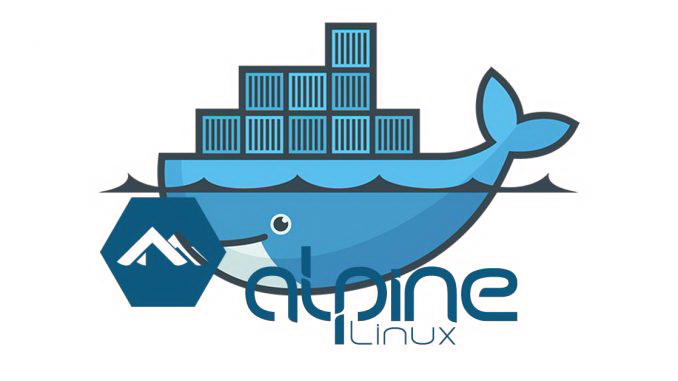
Sicherheitsuntersuchungen von Cisco-Unternehmen bekannt gegebenen Daten zu CVE-2019-5021 in den Versammlungen der alpinen distributive für Docker Behälter Isolationssystem.
The essence of identified problem is that for “root” user was by default set by empty password without blocking of direct entrance under “root“.„Aufgrund der Art dieser Ausgabe, systems deployed using affected versions of the Alpine Linux container that utilize Linux PAM, or some other mechanism that uses the system shadow file as an authentication database, may accept a NULL password for the root user”, - Bericht Cisco Talos Forscher.
It is worth reminding that Alpine is used for creation of digital images in Docker project (earlier assemblies were based on Ubuntu, but later were transited on Alpine).
Problem manifested since Alpine Docker 3.3. assembly, and was caused by progressive change that was added in 2015 (bis 3.3 version in “/etc/shadow was used “root:!::0:::::” line, and after cessation of “-D” flag usage the line “root:::0:::::” began to be added.
Issue was initially detected and fixed in November 2015, but in a month by mistake raised in assembly files of the experimental branch, and later was transited in final assemblies.
“After discussions with Alpine Linux, it was discovered that this issue was also reported in their Github prior to our report, but was not flagged as a security issue and thus remained unresolved until it was rediscovered and reported by Cisco”, — say researchers.
In the details of the vulnerability stated that problem manifests in the latest branch Alpine Docker 3.9. Alpine developers in March 2019 launched a patch and vulnerability does not manifest in assemblies 3.9.2, 3.8.4, 3.7.3 und 3.6.5, but preserved in older branches 3.4.X und 3.5.X, that are not currently supported.
Außerdem, developers argue that vector for attack is quite narrow and attack should have access to same infrastructure.
The root account should be explicitly disabled in Docker images built using affected versions as a base. The likelihood of exploitation of this vulnerability is environment-dependent, as successful exploitation requires that an exposed service or application utilise Linux PAM, or some other mechanism which uses the system shadow file as an authentication database.
Quelle: https://talosintelligence.com/
